Why the rewilding movement needs art
Art has the power to make us think, fill our lives with colour and beauty and inspire us to make impactful choices for the future of our planet.


“For too long, we said the absolute wrong things to people to get them to join the climate movement,” says Sarah Lazarovic. “We preached doom, fear, shame. Unsurprisingly, most of those things don’t work.”
But while the Toronto-based artist, climate activist and newsletter author knew that the typical climate messaging was ineffective, she didn’t have the tools to improve it – until she began reading behavioural science literature.
“Behaviorally informed messaging is so much more effective than the alternative,” Lazarovic says. “What does the person I’m trying to convince care about? What language and framing resonates with them? What is their visual vernacular? How can I make it fun and joyful and not a burdensome thing that adds to the list of chores already weighing upon them?”
The answer, she realized, was already a huge part of her life: art.
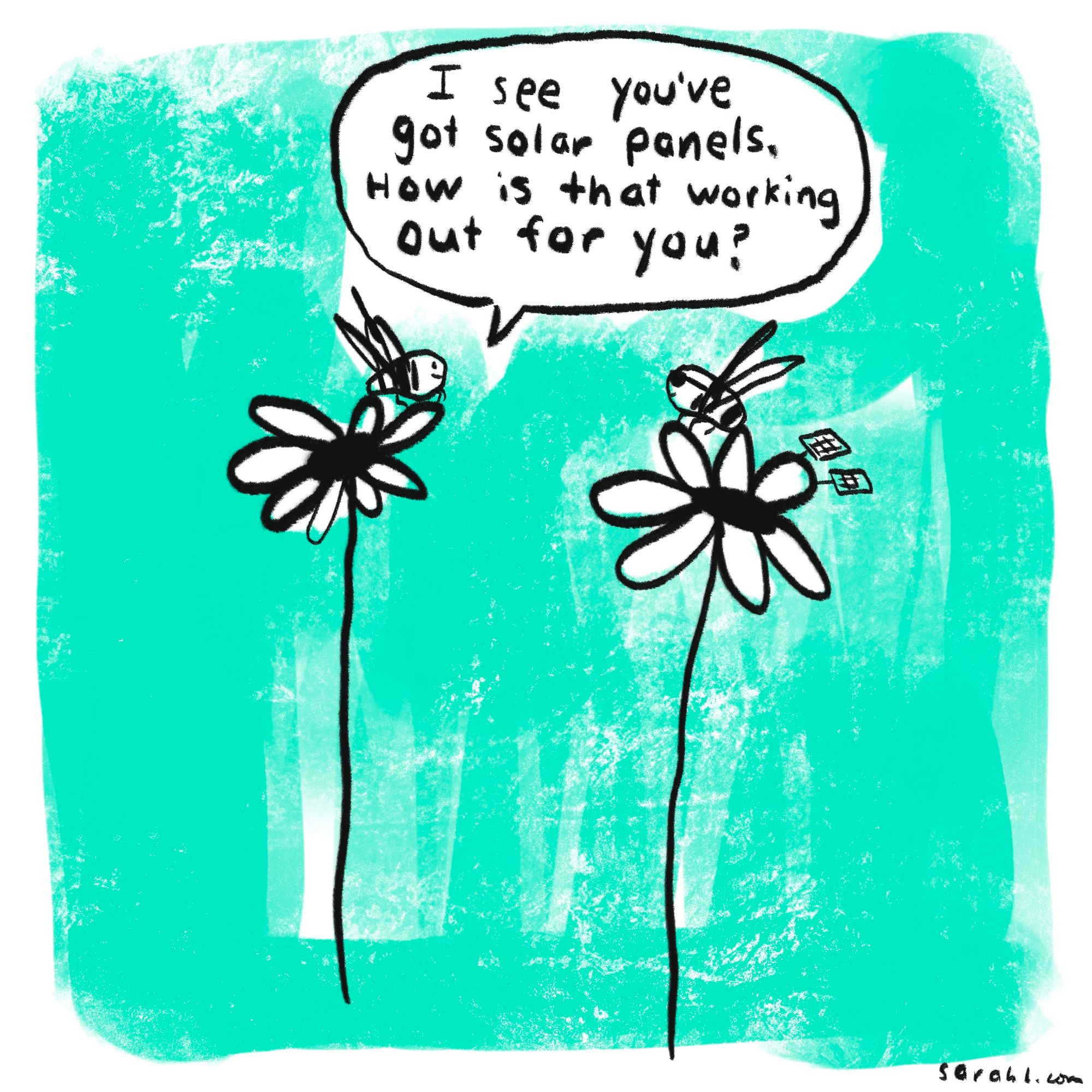
It’s a conclusion many other climate-concerned creatives – not to mention people involved in rewilding and other environmental movements – are coming to as well. Whether it’s something as grand as an oil painting or as practical as a pretty coaster, art is guaranteed to make us feel something. So when it comes to eco-inspired art, the idea is that once a feeling grabs hold of us (be it despair or hope for our planet) we will be more inclined to act on it. Because in terms of environmental motivation, a picture truly can be worth more than 1,000 science-laden words.
“We know all the things that need to be done from the science and nature perspective. The role that art plays is in helping to communicate that science,” says illustrator Hannah Gelderman, whose zine Collective Arts for Climate Justice packs a powerful political punch with colourful cartoons that are as welcoming as they are informative. “I think art can really engage people on an emotional level.”
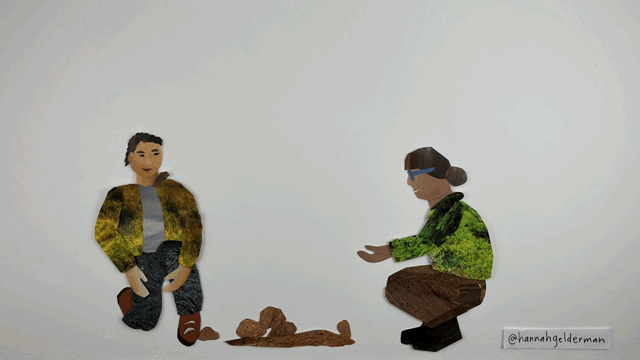
For Nancy Holmes and Cameron Cartiere, art was essential to their mission to educate people on the importance and plight of pollinators in British Columbia through programs such as their Border Free Bees initiative. It’s not surprising, considering their day jobs: Holmes is a professor of creative writing at UBC Okanagan and Cartiere is an associate prof at Vancouver’s Emily Carr University of Art + Design.
“The scientists are so wonderful – they’ve got so much information,” Holmes says. “And they’re so interesting, but they don’t have a big reach.” The average person isn’t exactly waiting for the latest science journal to be published, after all.
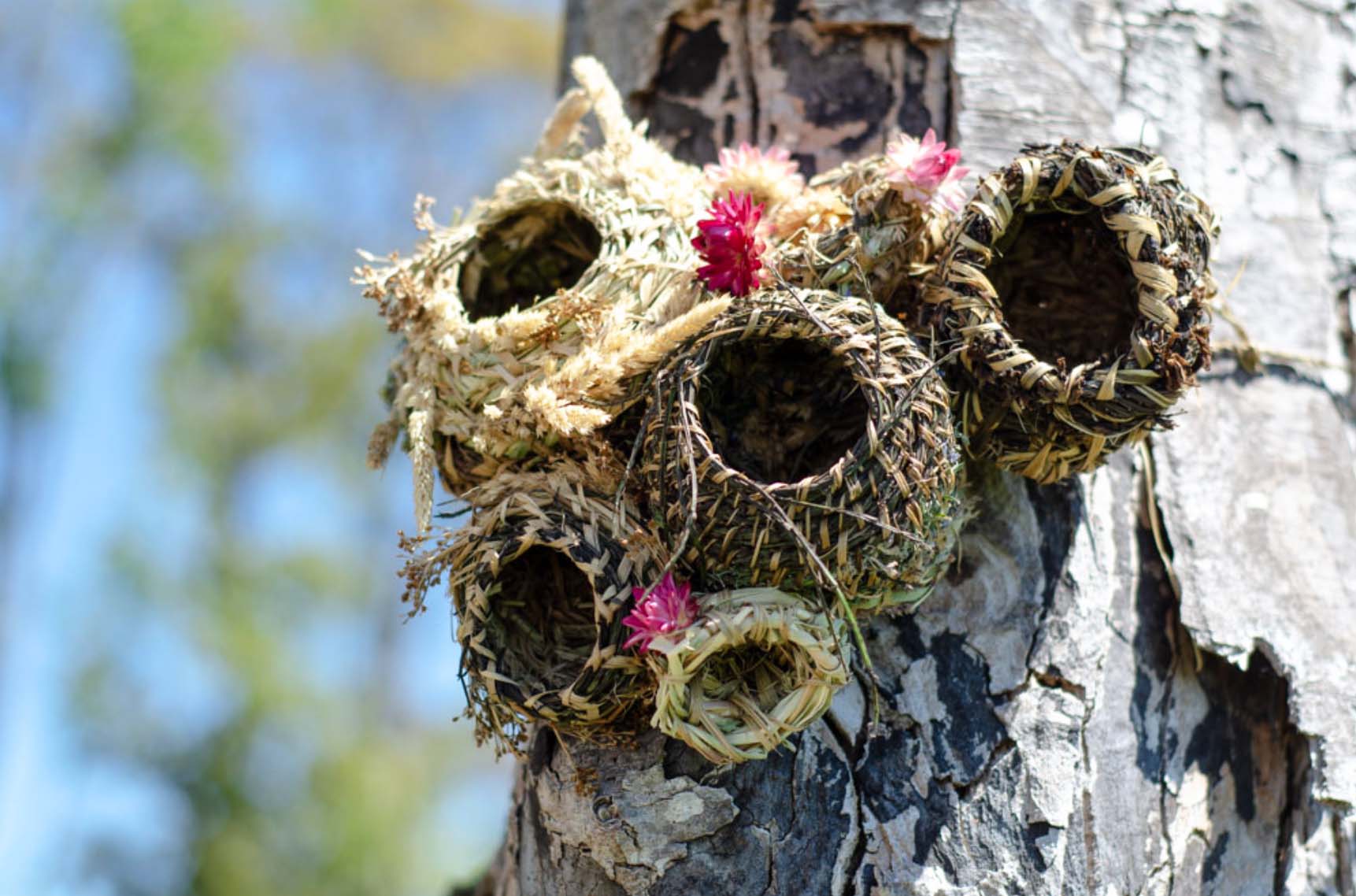
“We constantly were designing art projects that would bring people together so that we could provide information and empower people – and give them hope,” she says. “That’s what art does in so many ways. … It opens you up to these experiences of wonder and excitement.” And that, she believes, is what will counteract the apathy and hopelessness that surrounds many environmental issues.
Lazarovic’s approach is to bring joy to her green messaging, which typically takes the form of visual storytelling through colourful sketch art. It’s hard not to take even one glance at her work and not feel instantly inspired to make at least one change. Maybe you’ve seen her Buyerarchy of Needs floating around the internet. The simple play on the traditional hierarchy of needs brings awareness to mindless consumerism and serves as a helpful guide for people wanting to amp up their low-waste efforts.
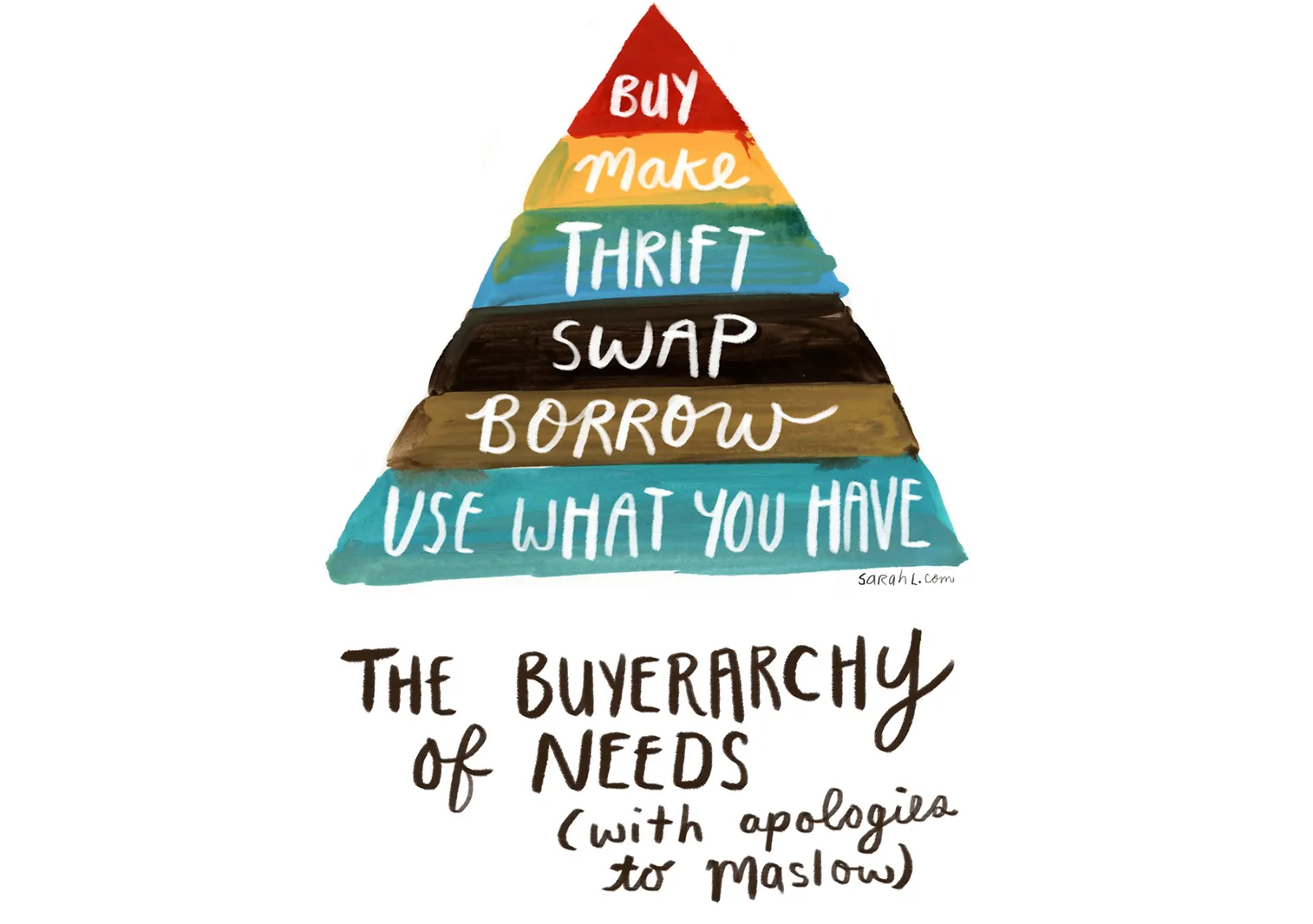
But even art that isn’t as forthright can be just as motivating. Leah Schwantz of Wilding Ceramics, for instance, creates beautiful mugs featuring endangered species and native wildflowers. She believes each of us has something to offer to help mitigate climate change and biodiversity loss. “For me,” she says, “that looks like bringing attention to threatened, endangered or extirpated species through ceramics.”
There’s nothing quite like a daily reminder about the Earth’s monumental problems while you drink your (rainforest- and bird-friendly) morning coffee. Fortunately, 100 percent of proceeds from 12 of Schwantz’s mugs featuring Canadian endangered species are donated to Wildlife Preservation Canada.
“We live in a world where we are overexposed to so much information, words and opinions,” Schwantz says. “Art transcends a lot of this noise and vitriol.”
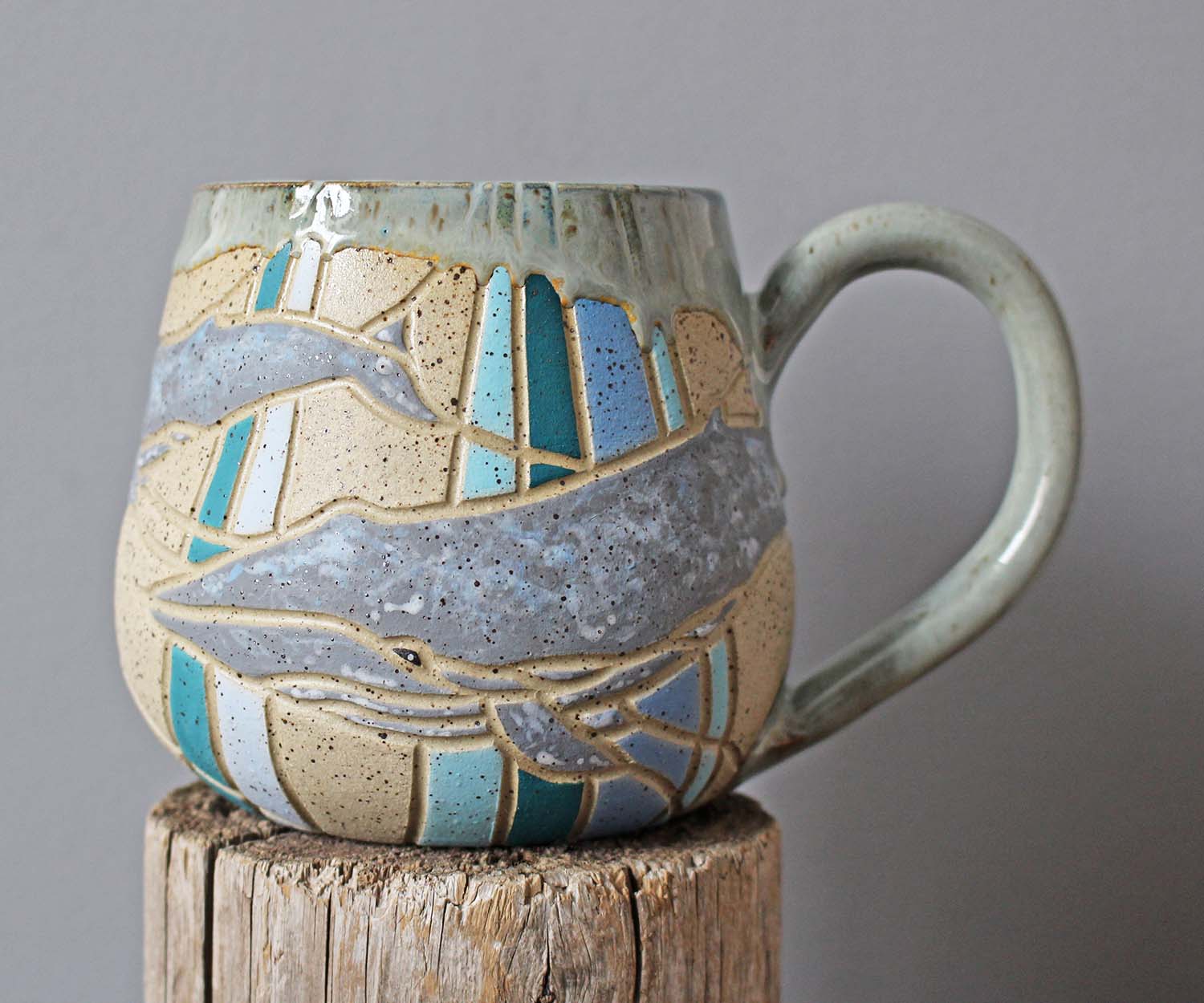
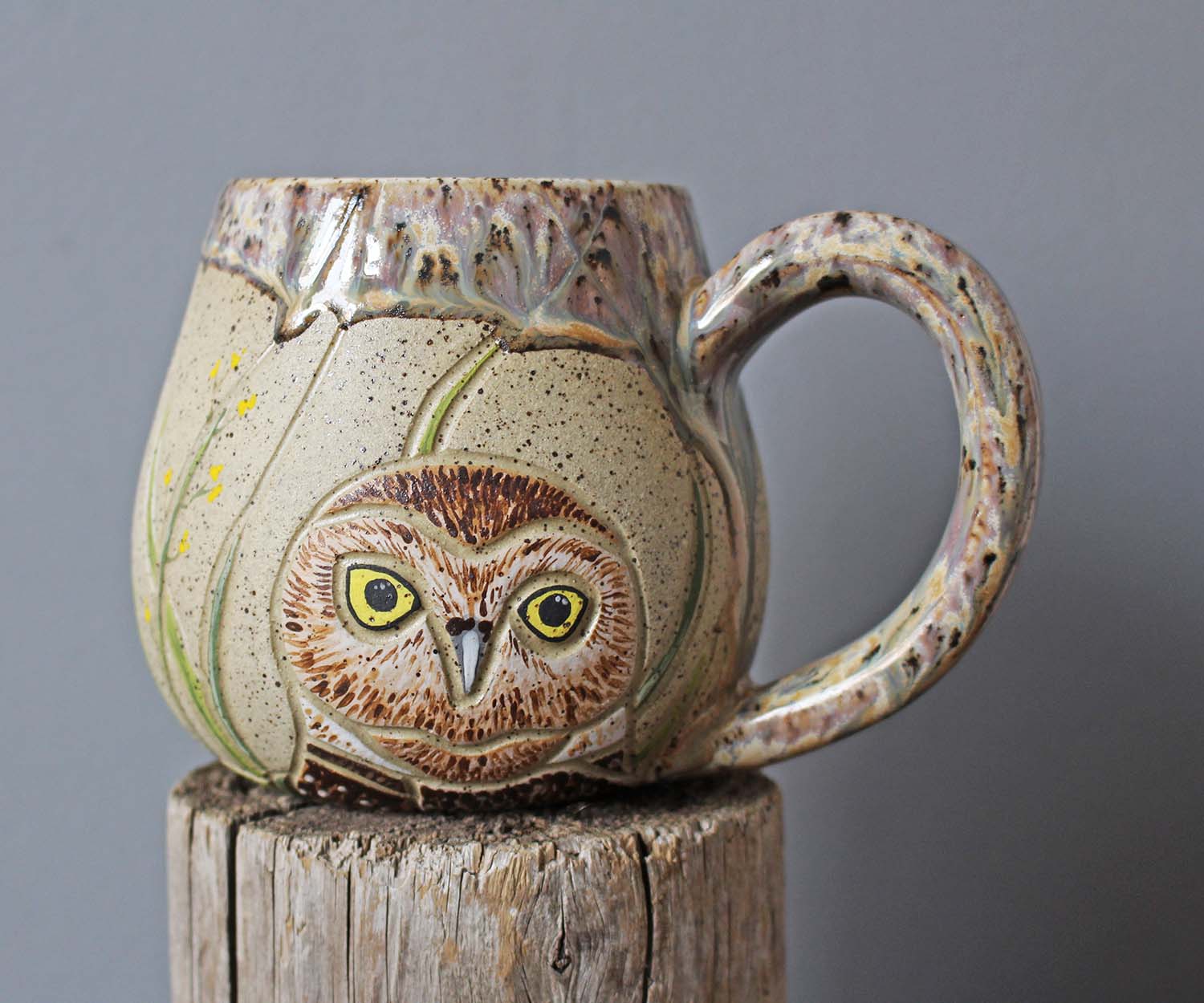
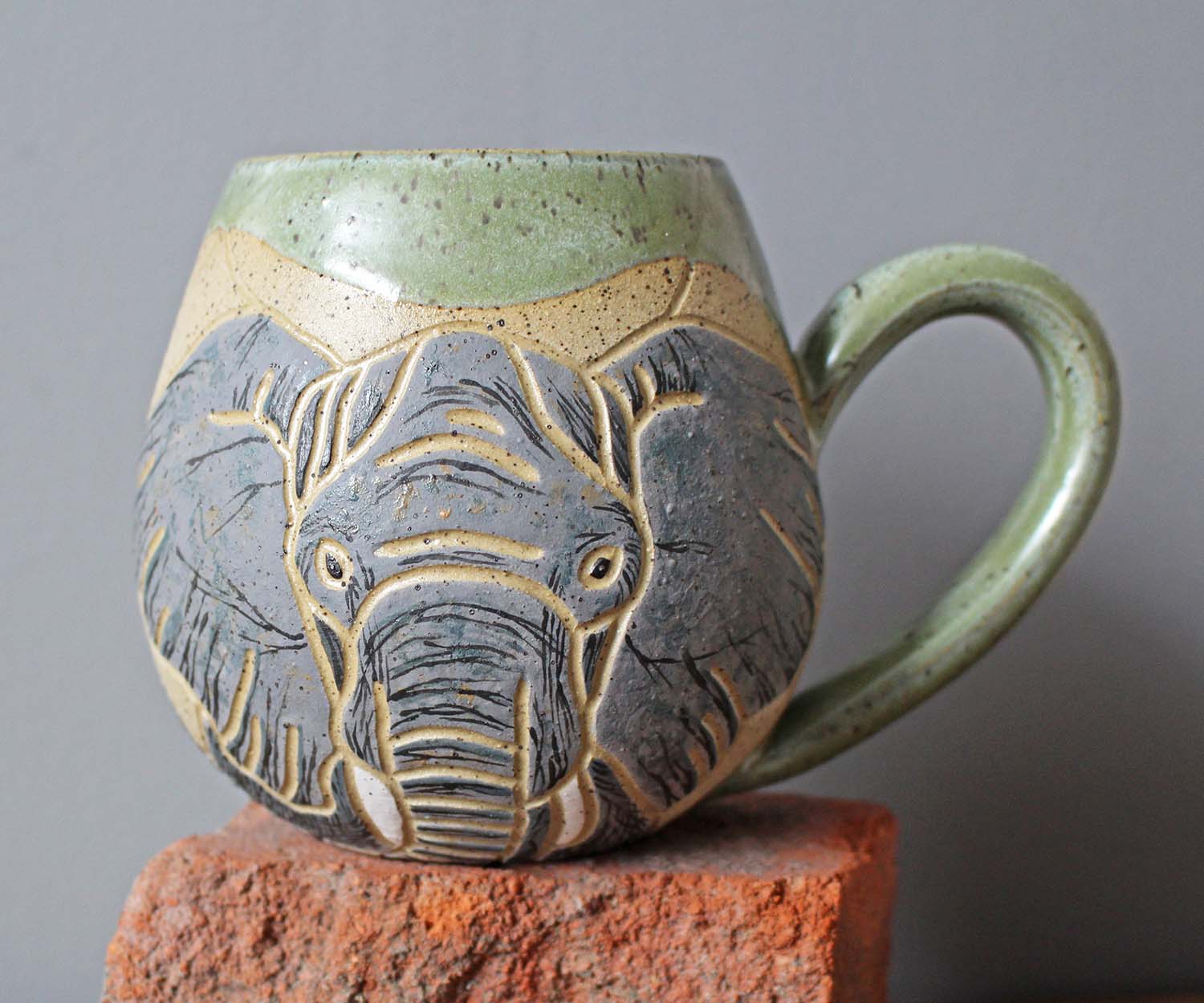
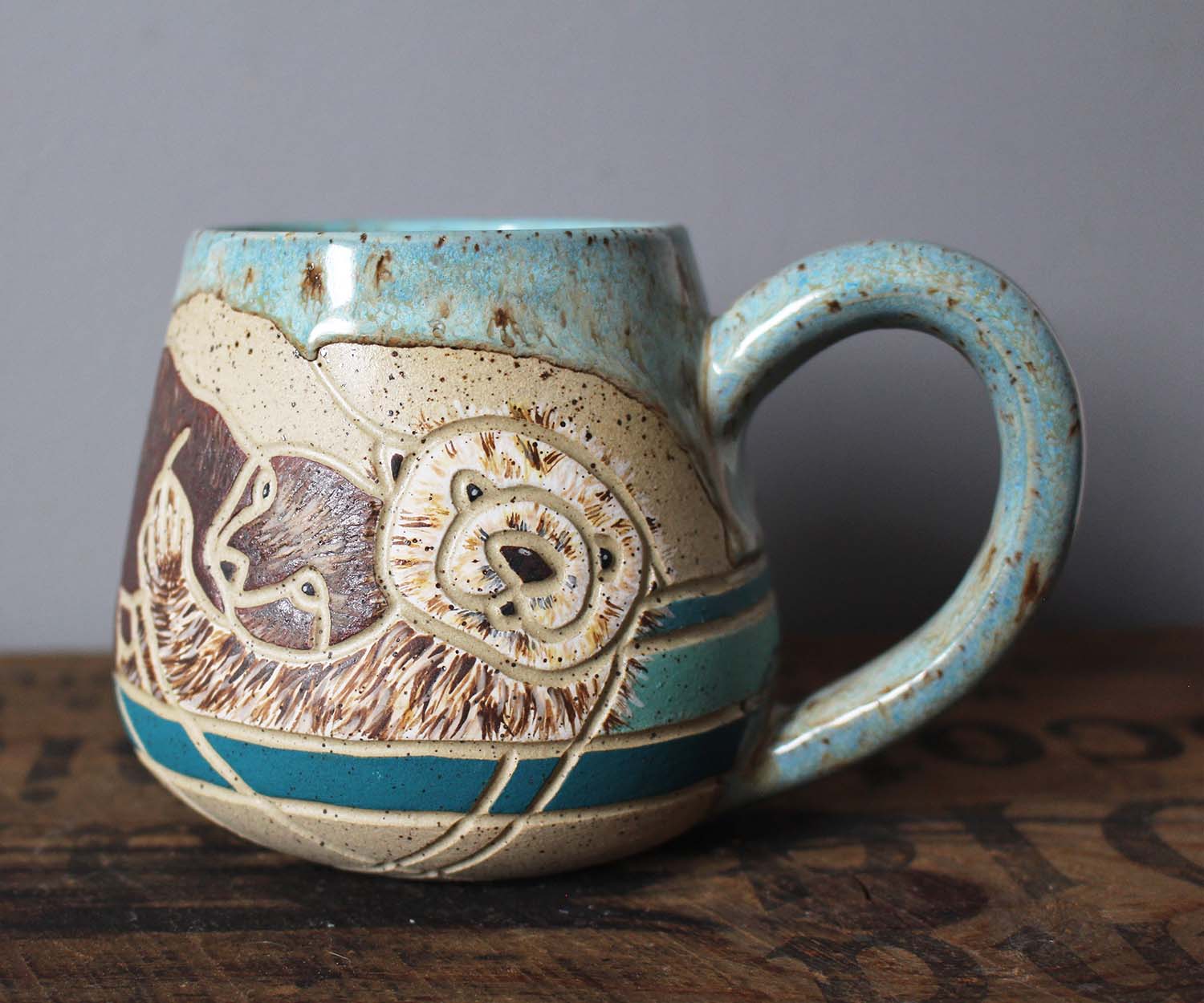
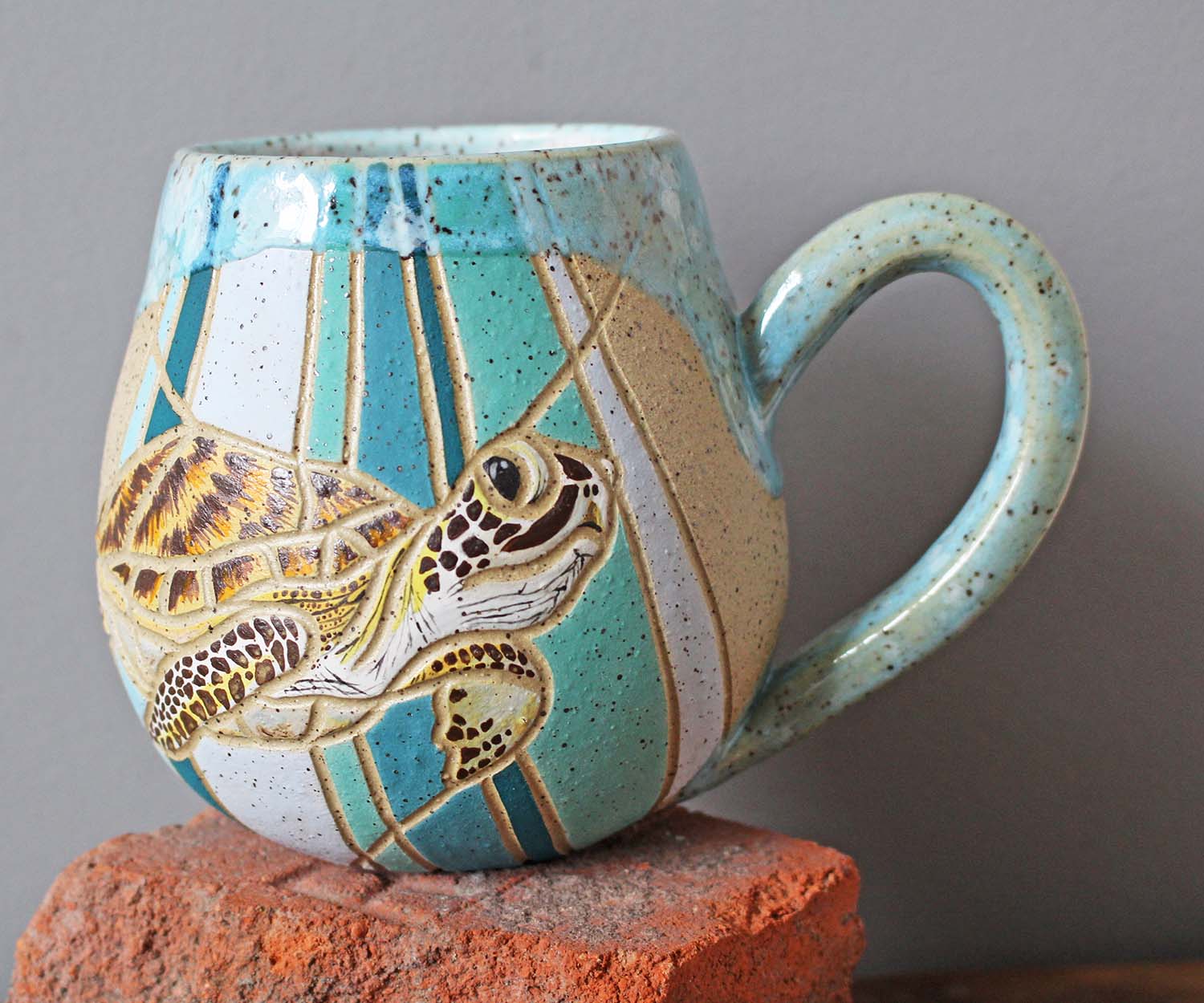
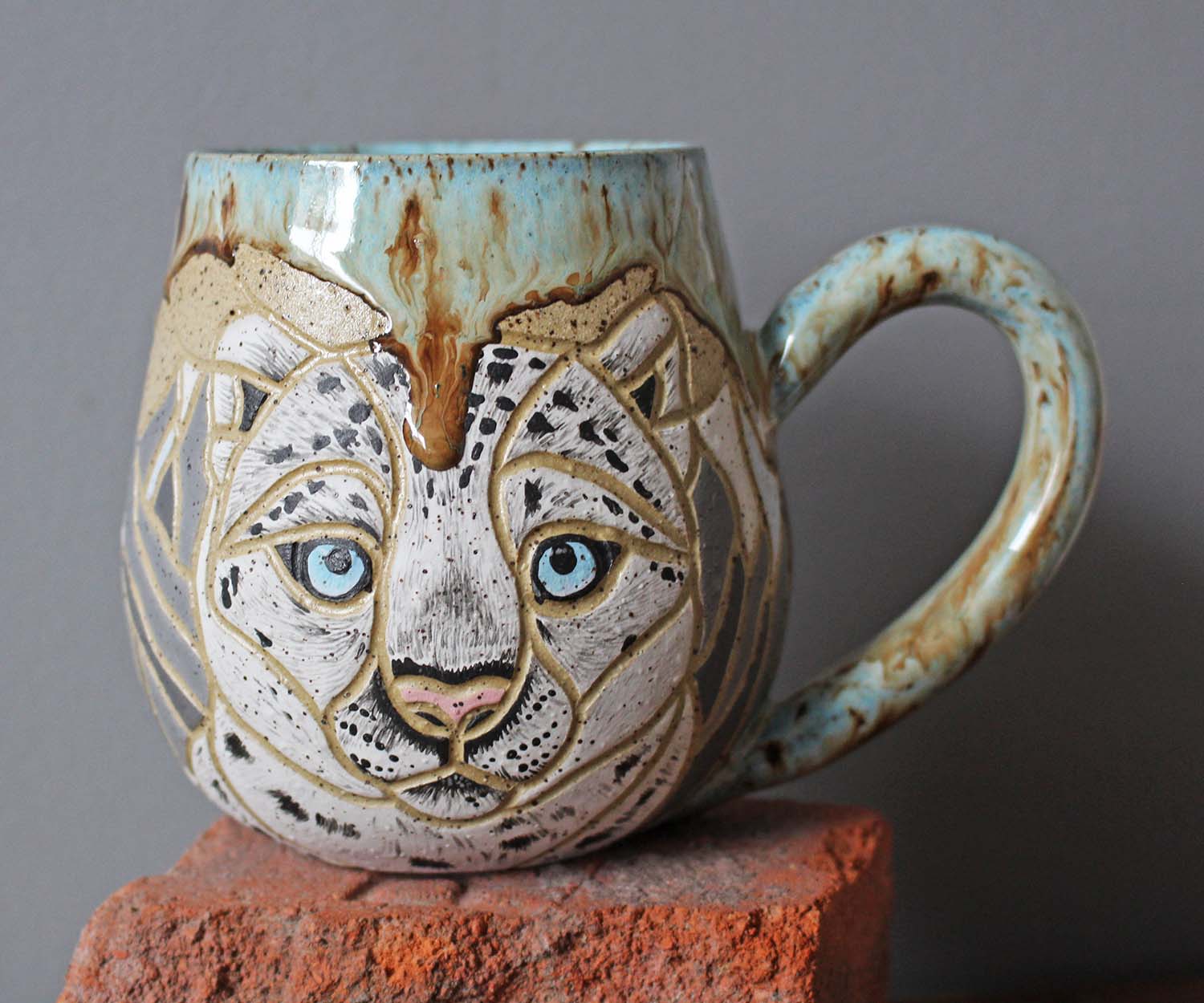
Perhaps art is most effective as an agent of change when it helps us feel seen and supported, when we see our thoughts, our fears and our hopes reflected back at us. One day you might, as Lazarovic did, read the words that perfectly capture your mindset. In her case, it was a quote by author George Monbiot: “To be at peace with a troubled world: This is not a reasonable aim.”
That’s one that will likely resonate with anyone involved in rewilding and other environmental movements – and any artist who hopes to change people’s minds.
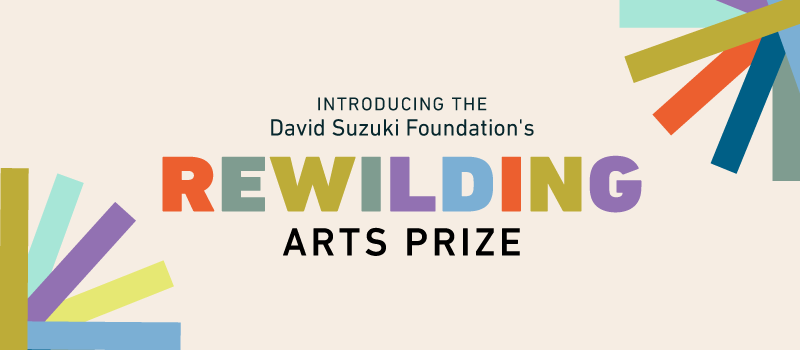
This article is part of a series on rewilding and the arts as part of the David Suzuki Foundation's inaugural Rewilding Arts Prize. Read more about the prize and the winners here:
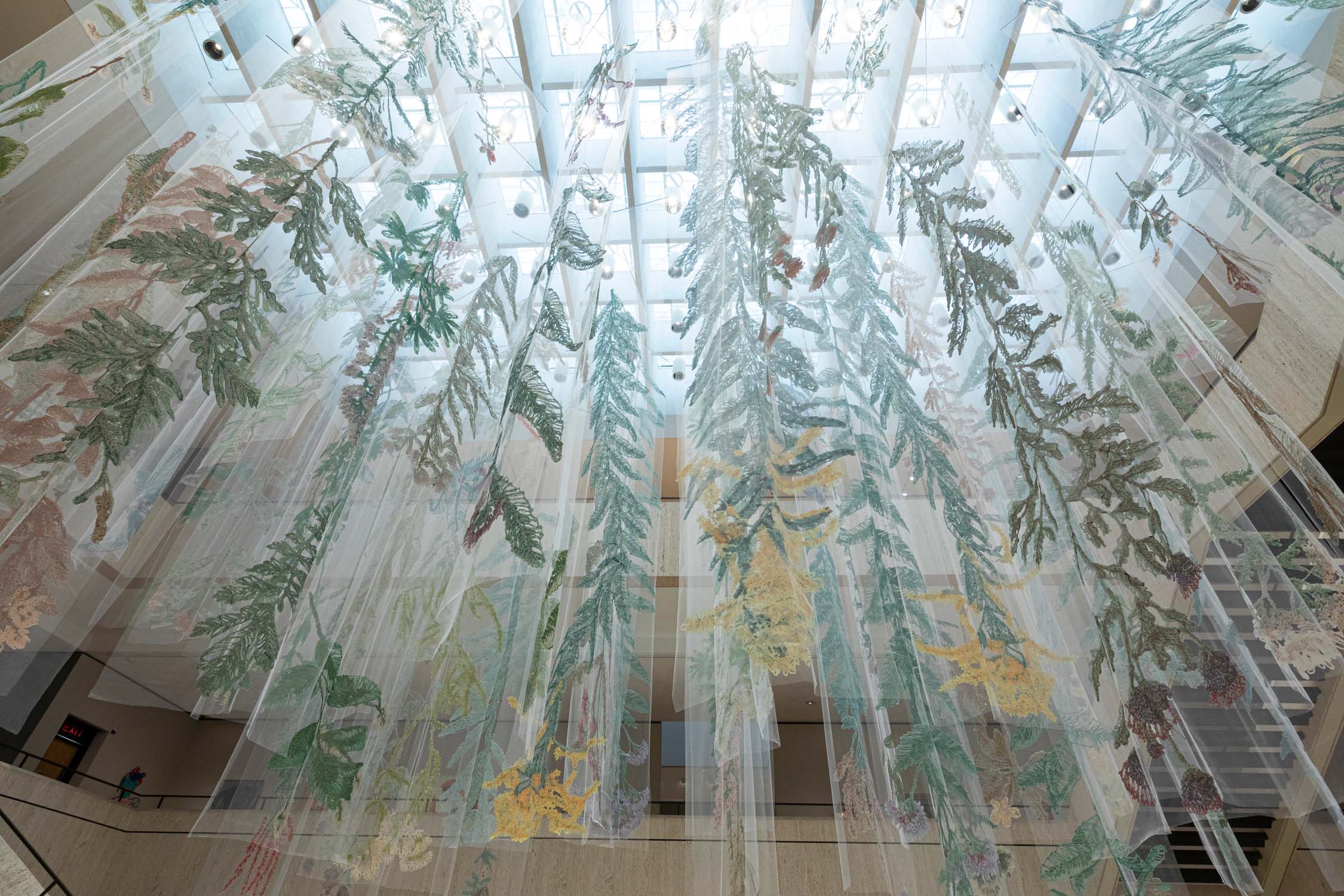



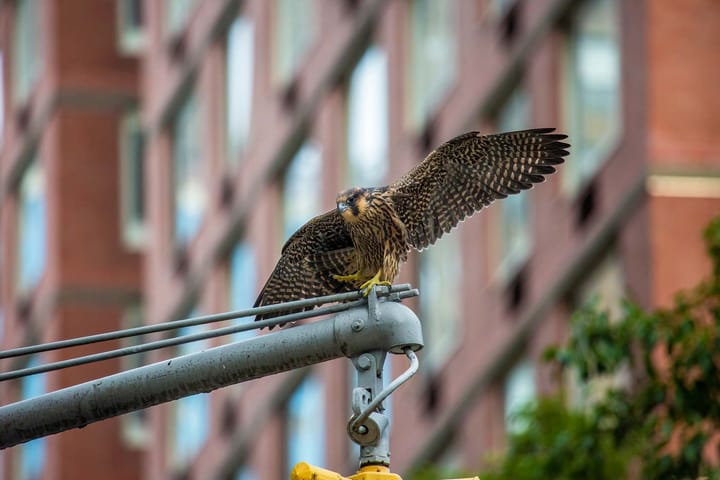

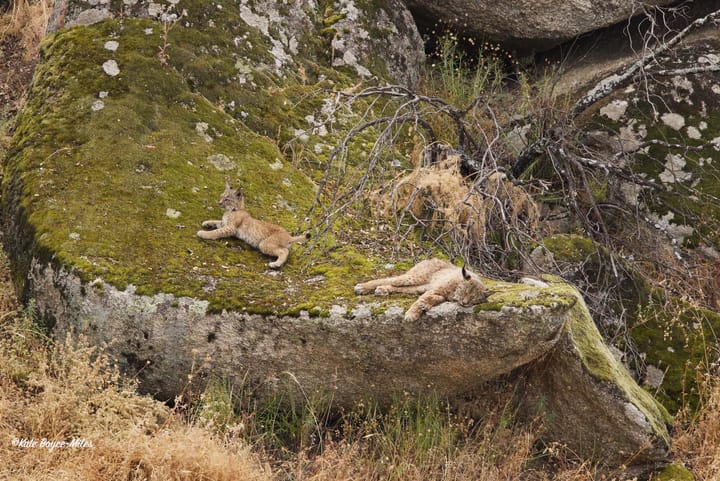
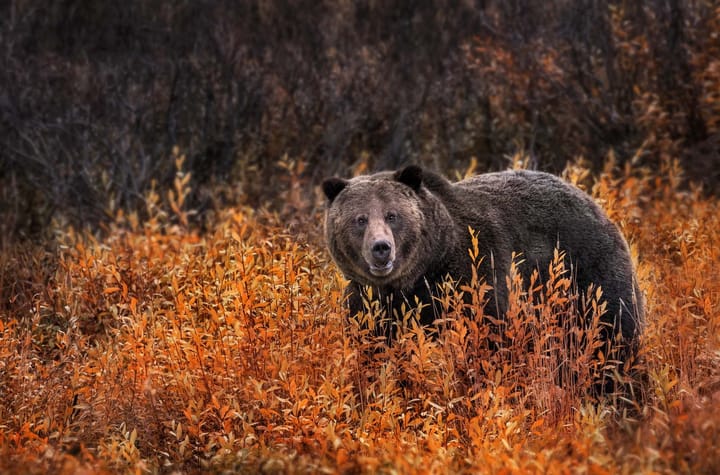
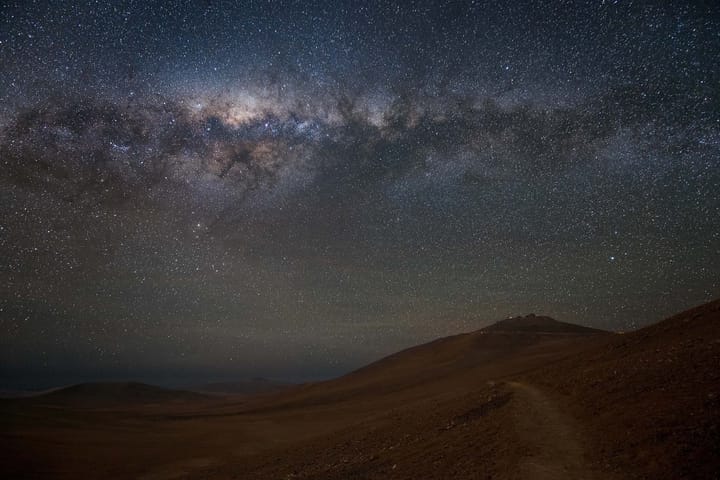

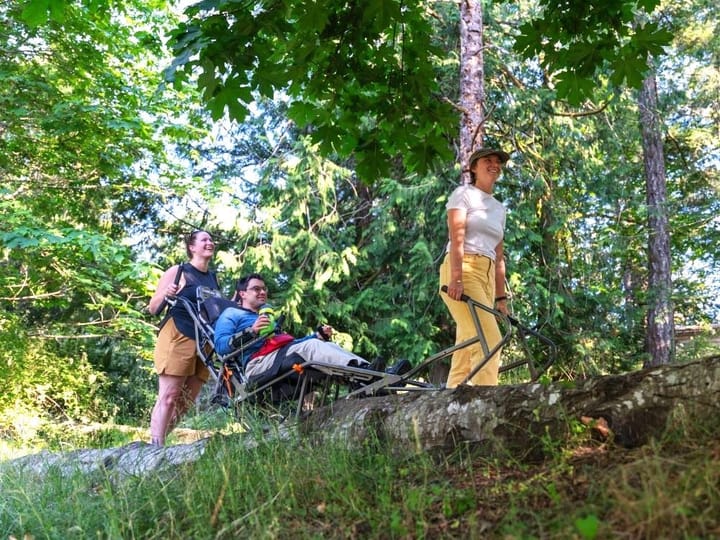

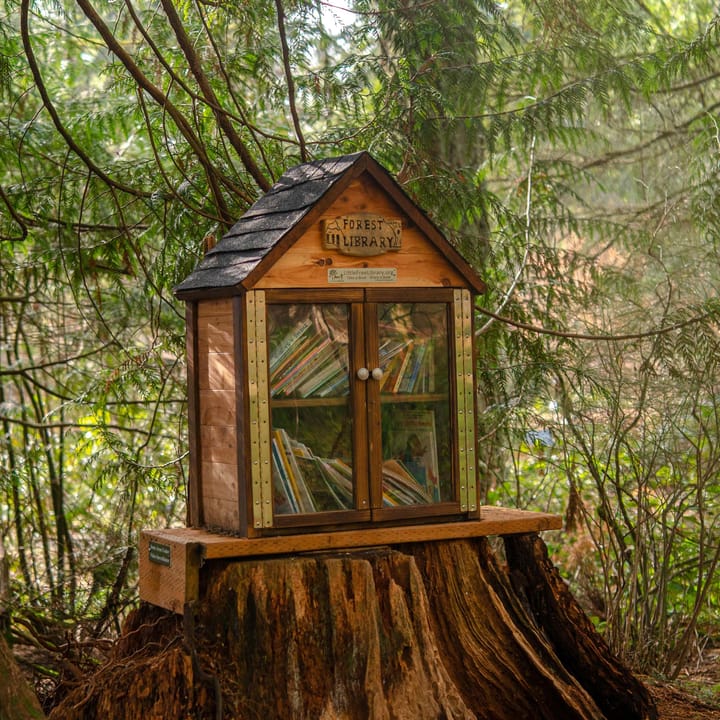

Comments ()